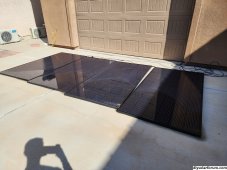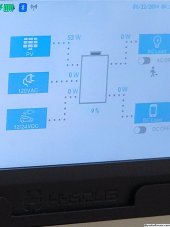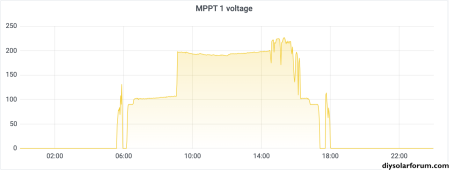timselectric
If I can do it, you can do it.
- Joined
- Feb 5, 2022
- Messages
- 18,800
The way I understand it is.
Damage from shading is over time.
If the panel receives a lot of shading. The bypass diodes are used a lot. Eventually the bypass diodes fail. Then, the cells are forced to carry the power. Which causes them to heat up, daily. Eventually, they fail. (Possibly even catch fire)
In the few stories I have read about this. The process takes place over several months or years. Depending on the amount of daily shading.
Damage from shading is over time.
If the panel receives a lot of shading. The bypass diodes are used a lot. Eventually the bypass diodes fail. Then, the cells are forced to carry the power. Which causes them to heat up, daily. Eventually, they fail. (Possibly even catch fire)
In the few stories I have read about this. The process takes place over several months or years. Depending on the amount of daily shading.









